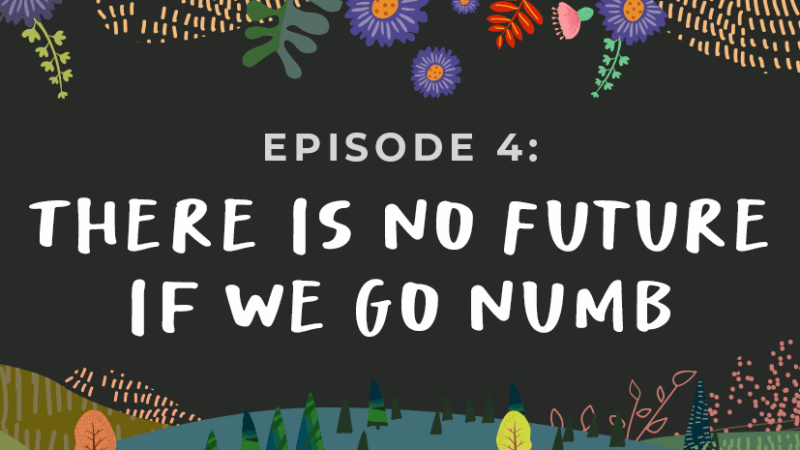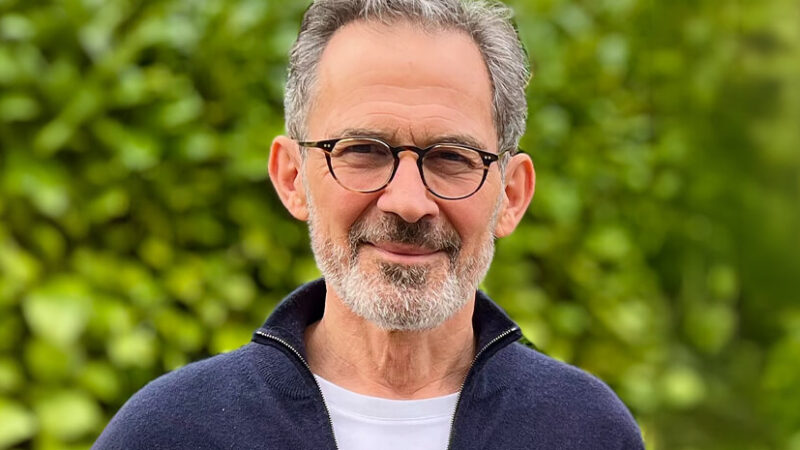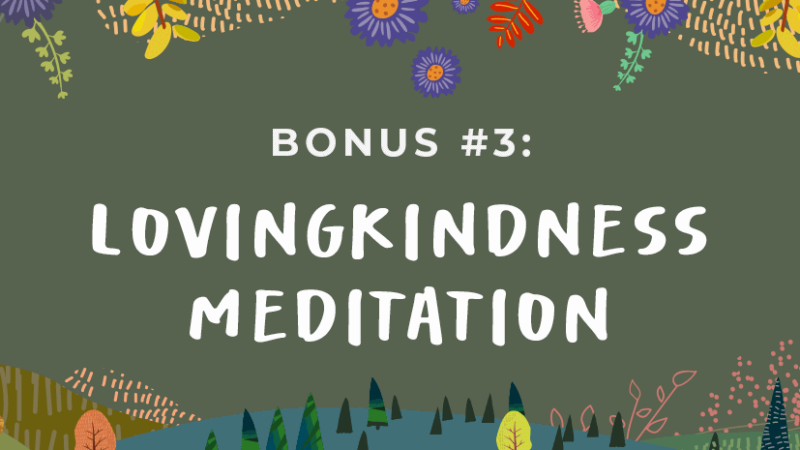-
E117: The Real Work: Letting Go from Within
Michael Singer — October 2, 2025
True spirituality isn’t about mystical experiences or lofty ideals—it’s about honestly facing...
-
Once More: Reflections on Reincarnation and the Gap Between Lives
Tami Simon — September 26, 2025
In this special reflection episode of Insights at the Edge host Tami Simon looks back on her...
-
Honey Tasting Meditation: Build Your Relationship with Sweetness
There is a saying that goes “hurt people hurt people.” I believe this to be true. We have been...
Written by:
Amy Burtaine, Michelle Cassandra Johnson
-
Many Voices, One Journey
The Sounds True Blog
Insights, reflections, and practices from Sounds True teachers, authors, staff, and more. Have a look—to find some inspiration and wisdom for uplifting your day.
Standing Together, and Stepping Up
Written By:
Tami Simon -
The Michael Singer Podcast
Your Highest Intention: Self-Realization
Michael Singer discusses intention—"perhaps the deepest thing we can talk about"—and the path to self-realization.
This Week:
E116: Doing the Best You Can: The Path to Liberation -
Many Voices, One Journey
The Sounds True Blog
Insights, reflections, and practices from Sounds True teachers, authors, staff, and more. Have a look—to find some inspiration and wisdom for uplifting your day.
Take Your Inner Child on Playdates
Written By:
Megan Sherer
600 Podcasts and Counting...
Subscribe to Insights at the Edge to hear all of Tami's interviews (transcripts available, too!), featuring Eckhart Tolle, Caroline Myss, Tara Brach, Jack Kornfield, Adyashanti, and many more.
Most Recent
Ep 4: There Is No Future if We Go Numb
We recorded this conversation just after news broke of the Biden administration’s approval of the controversial Willow Project, opening up millions of wilderness acres in Alaska to new fossil fuel drilling. Jess captured in real time how Joanna processes the fresh outrage and sorrow of this insult to the planet from the very culpable powers that be. It’s a master class in being present with these feelings—feelings that can give rise to determination, courage, and recommitment to our shared purpose.
In this episode:
- As the news of the Willow Project breaks, Joanna flows through outrage and sorrow
- The second step on the spiral: what does it mean to honor our pain, and how do we do it?
- Bonus Exercise: Breathing Through
We recommend starting a podcast club with friends or family to do these practices together. Links and assets to help prompt reflection and build community can be found with every episode on WeAreTheGreatTurning.com.
Rupert Spira: The Quiet Joy of Being
What is the treasure that we all seek? What is it that we are looking for above all else? Contemporary spiritual teacher and author Rupert Spira believes that it’s the feeling of sufficiency, of ease, of peace—or the realization of our innermost nature as being. In this podcast that is at once expansive and experiential, Tami Simon speaks with Rupert about his book You Are the Happiness You Seek and the insights he has gleaned through a lifetime of spiritual exploration and practice.
Tune in for a liberating conversation covering the practice of pausing or “going back to being”; letting go of resistance and turning toward our unhappiness; bringing a complete “yes” to your current experience; the inquiry, who is the one that’s experiencing?; the pure “I Am”; the original ADD: Awareness Deficit Disorder; the problem with the word “enlightenment”; recognizing the gaps between our thoughts and feelings; why what happens to the body doesn’t happen to our being; the absolute level and the relative level; the practical implications of deepening our recognition of being; love: the felt sense of our shared being; freedom from “the tyranny of ego”; and more.
Note: This episode originally aired on Sounds True One, where these special episodes of Insights at the Edge are available to watch live on video and with exclusive access to Q&As with our guests. Learn more at join.soundstrue.com.
Ep 3 Bonus: Lovingkindness Meditation
This bonus episode will support you to take the main insights from Episode 3, “We Begin with Gratitude,” deeper into your life.
In Episode 3, we talked about how in the Work That Reconnects we always start with gratitude, because it gives us the strength to speak the truth and act in service of life.
Lovingkindness meditation is a simple and powerful way to feel and express our gratitude and love for our world.
All you need to do this bonus exercise is a quiet place where you can meditate. We hope you’ll do this exercise with someone else, so that you can talk together about your experience after you finish.
We recommend starting a podcast club with friends or family to do these practices together. Links and assets to help prompt reflection and build community can be found with every episode on WeAreTheGreatTurning.com.
Customer Favorites
John Welwood: We Are Buddhas Becoming Humans as Well a...
John Welwood, PhD, was a psychotherapist and practicing Buddhist who integrated Eastern contemplative wisdom and Western science in his work. He published many books and articles, including Journey of the Heart and Toward a Psychology of Awakening. John passed away in January of 2019 at the age of 75. In honor of his amazing life, Sounds True is presenting a special episode of Insights at the Edge originally broadcast during The Psychotherapy and Spirituality Summit. In this segment, Tami Simon speaks with John about the nature of psychological suffering and the layers of meaning associated with our wounding. John comments on how spiritual practice can help therapy proceed with more awareness, and how spiritual practice benefits from the rigorous analysis of psychotherapy. Tami and John also discuss how to avoid falling into the trap of spiritual bypassing. Finally, they talk about the healing of relational wounds and the gradual spiritual awakening of the human race. (62 minutes)
Cyndi Dale: Discovering Your Subtle Body
Cyndi Dale is a renowned intuitive healer, bestselling author, and recognized expert on energy healing. With Sounds True, Cyndi has published the seminal The Subtle Body: An Encyclopedia of Your Energetic Anatomy and The Subtle Body Practice Manual: A Comprehensive Guide to Energy Healing. Sounds True will also be hosting Cyndi’s upcoming online course The Subtle Body Online Training Program. In this episode of Insights at the Edge, Tami Simon speaks with Cyndi about the many extraordinary experiences and important lessons that brought Cyndi to energy healing. They discuss the basic structures of the subtle anatomy and how physical ailments often have energetic causes. Cyndi explains her understanding of the chakras and details how people can maintain their personal energetic boundaries. Finally, Cyndi leads listeners in an exercise for recognizing their own subtle energetic field and talks to Tami about the “energy egg” that surrounds each of us. (70 minutes)
The Heart Center Meditation
One of the most important aspects of awakening, says Dr. Ann Marie Chiasson, is the opening of the heart. The heart is a floodgate which, when open, enables the world’s great mystical teachings and realizations to pour through.
Here, Ann Marie guides you through a short, heart-centering meditation, which you can practice daily, or anytime you wish to access the mystery and intelligence that is your own heart.




